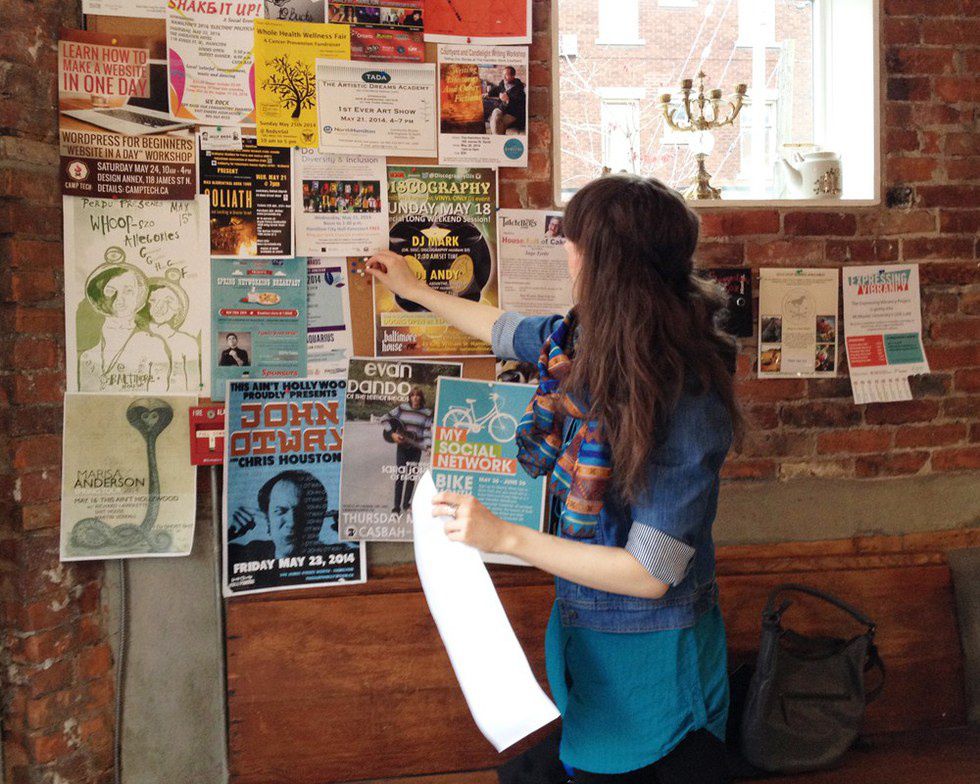The death toll in Syria has now risen to over 470,000 casualties according to the Syrian Center for Policy Research (SCRP). With the recent intervention by Russia in an effort to prop up the Assad regime, the death toll has continued to rise. The Assad regime and its Russian allies regularly engage in indiscriminate killing in the form of sarin gas, barrel bombing, and executions. The rebellion that began in March of 2011 has since collapsed.
Aleppo has now fallen, and the situation in Syria has become increasingly complex. It's a civil war between the people of Syria and those loyal to Assad's dictatorship, it's a proxy war between the United States, and Russia and Iran, and it's an opportunity that ISIS has taken to wage war with its own twisted ideology. With such a complex conflict, a lot of the information surrounding it can become extremely confusing. So, let's break it down.
Key Players & Who They’re Fighting
Pro-Government Forces:
Syrian Army: Primarily fighting Sunni-majority opposition for control of the population. Also fighting the Islamic State when necessary.
Iran: Arms Hezbollah soldiers while recruiting Afghan and Pakistani migrants and refugees in Syria to fight against the rebels. Is helping to keep Syria afloat economically.
Russia: Is propping up the Assad regime. Is providing the Assad regime with air power to help them take back rebel-held territory.
Hezbollah: Primarily fighting Sunni opposition forces.
Foreign Shia Militias: Primarily fighting Sunni opposition forces including those backed by the United States.
Opposition Forces:
Free Syrian Army: Fighting against the Syrian Army and its allies in order to oust dictator Bashar al-Assad from power.
Nationalist Jihadi’s: Fighting the Assad regime and its allies, and have clashed from time to time with former al-Qaeda branch Jabhat al-Nursra, the Free Syrian Army, the Islamic State, and the YPG.
Jabhat Fatah al-Sham: Fighting the Assad regime and its allies, in addition to the Islamic State.
United States: Training and equipping opposition forces that are fighting the Islamic State and the Assad regime. Their main goal is to force Assad to negotiate a transfer of power. Using airstrikes to beat back the Islamic State and other terrorist organizations.
Turkey: Primarily concerned with blocking the emergence of a free Kurdish region in the north of Syria. Removing Bashar al-Assad from power, and defeating the Islamic State are secondary goals
Arab Gulf States: Primarily concerned with keeping Iran in check as it looks to expand its control over the Arab world. They seek the overthrow of the Assad regime. A secondary concern is the Islamic State, who they are also fighting.
Kurdish People’s Protection Units: Primarily fighting the Islamic State in northern Syria along the Turkish border. Is backed by the United States.
Other Players:
The Islamic State: Primarily fighting against the Kurdish YPG, but is at war with virtually every other major player in the complex conflict in Syria.
Kurdish People’s Protection Units: Primarily fighting the Islamic State in northern Syria along the Turkish border. Is backed by the United States

Key Events Timeline:
- March 2011: Pro-democracy protests in the Syrian city of Derra turn violent after the arrest and torture of a group of teenagers who painted revolutionary graffiti on a school building. Security forces sent to quell the dissent opened fire on the crowd, killing several protestors. More protestors take to the streets, demanding President Assad’s resignation.



- January to February 2014: UN peace talks fail in Geneva after Syrian officials refuse to discuss the possibility of a transitional government.
- June 2014: Islamic State of Iraq and Syria declares a caliphate in the territory from Aleppo to Iraqi province Diyala.
- September 2014: Five Arab countries, in cooperation with the United States, launch air strikes against the Islamic State near Aleppo and Raqqa.
- September 2015: Russia carries out airstrikes in Syria claiming they are targeting the Islamic State; despite overwhelming evidence, they are targeting the Free Syrian Army.

 Click this graphic for a deeper look
Click this graphic for a deeper look



















